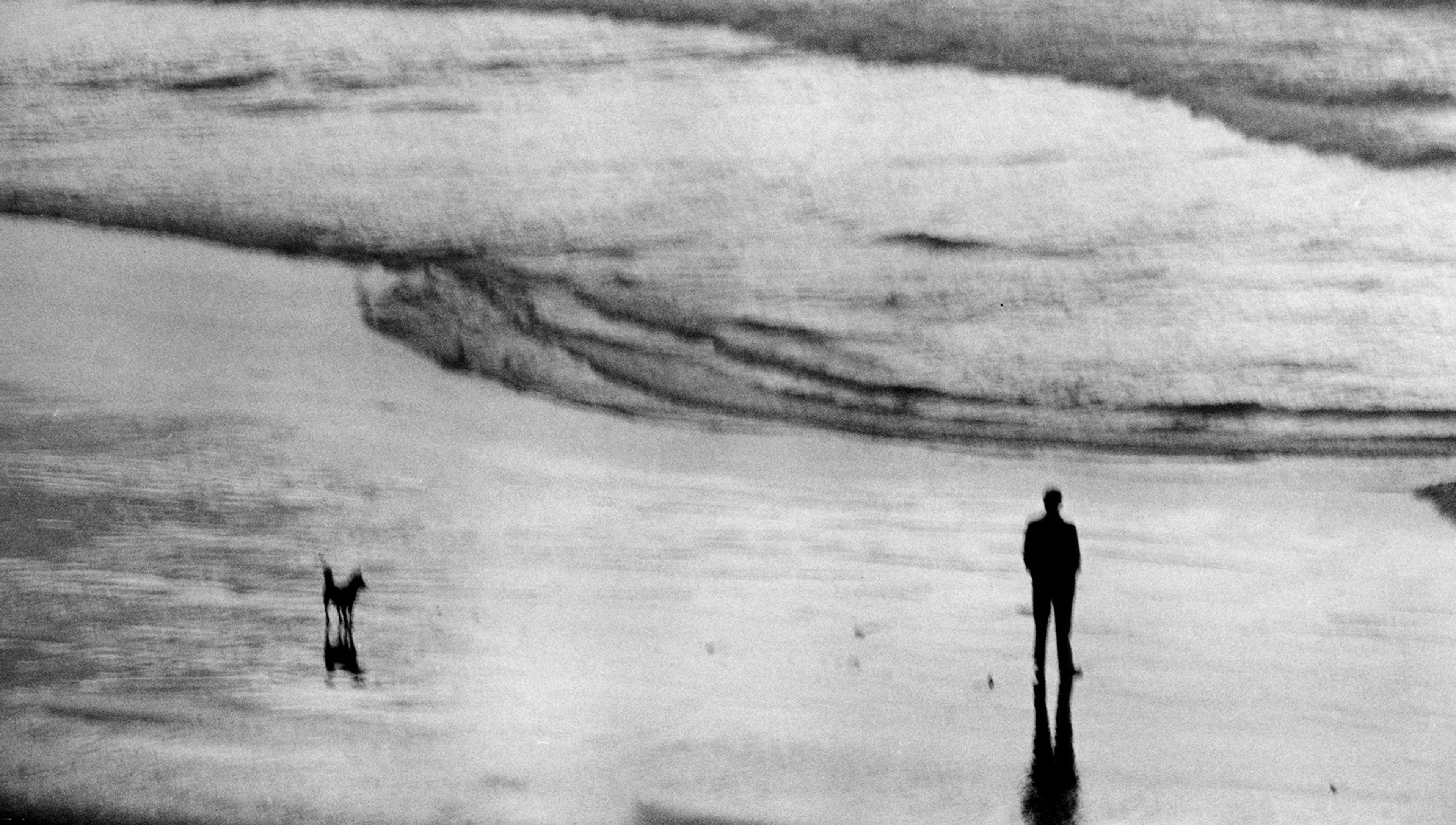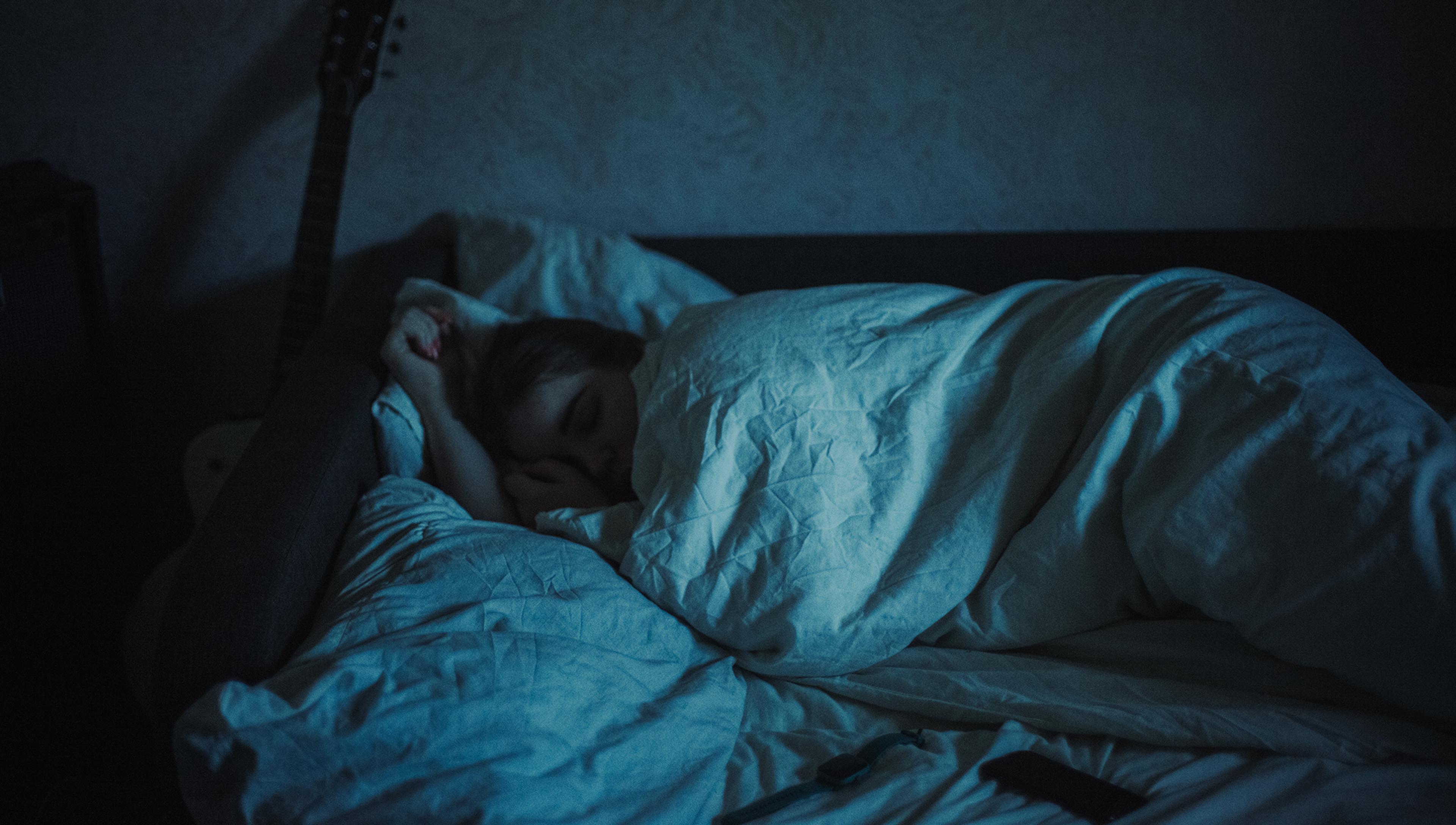My clinical work has shown me that happiness is a ghost that’s not worth pursuing – there are far wiser goals in life
One of the things that moved me many years ago to become a psychiatrist was a desire to acquire a deeper understanding of human nature. People all share basic desires and fears, whether they have a mental disorder or not, but these desires and fears are often more intense, and therefore better illustrated, in the presence of a mental illness. Perhaps no desire is more universal than the desire for happiness, made more concrete and felt more urgently when a person is struggling psychologically. Such cases help to show why happiness is such an elusive aim for any person – and what a wiser objective would be.
‘I’m hoping you’ll be able to help me doctor,’ Mark says. ‘I’ve been depressed for ages and can’t go on like this any longer.’ Mark is an amalgam of patients with bipolar disorder whom I’ve seen over the years. He is indeed depressed, and this episode has been longer and more severe than the previous ones. He last felt well about a year ago. He explains that things were going very well and then, quite suddenly, he crashed. On further questioning, it becomes apparent that he had not been merely doing well before the onset of his depression; in fact, he was a bit high before he went down, although he doesn’t view it that way. He insists that the bubbly, confident and expansive 40-year-old who is happy to embark on risky sexual and financial adventures is his normal self, the real Mark.
Bipolarity shifts points of reference to the extent that one may end up forgetting what a normal mood feels like. Some sufferers swing from depression to mania and back without stopping in the middle. I sympathise with Mark: if I had bipolar disorder, I, too, would see my disinhibited and exuberant self as the real me, and the sad and anxious self as the sick me. The problem is that the ‘happiness’ of mania is unsustainable. Mark’s ambition to return to that state of mind, and to stay there indefinitely, is never going to be realised. (In fact, even the assumption that people in a state of mania feel consistently happy is wrong; mania is often irritable, impatient and dysphoric.) With some luck, treatment will stabilise and modulate his mood fluctuations, but it will not be able to make him permanently happy.
The happiness that someone like Mark misses is unreal and unhealthy. He needs to learn to want a different type of relative happiness – that is, a state of reasonable contentment, with intermittent joy and pain, which, unlike the myth of a permanent bliss, can potentially be achieved. Switching from one goal to the other will involve a process of acceptance and recognition that pain is natural and normal, and not always a symptom to be treated.
Happiness is, after all, an abstract idea; there is no objective measure for it available. Many people don’t even know what they really mean by happiness: is it a state of general satisfaction? Or is it the presence of pleasure and the absence of pain, as the utilitarian philosophers thought? Or should it be based on leading a good life, as postulated by Greek philosophers? Looking at what people post on social media, one might conclude that most of us see happiness nowadays as nothing more than fun and excitement, which need to be constantly extracted from life.
The higher Mark’s mood climbed, the harder the subsequent crash would be
The difficulty with conceptualising happiness is made worse by the simple fact that each of us knows very little about the miseries of others – oftentimes even if they are close others – because it is unpleasant and impolite to talk about horrible stuff in most social situations, and because disclosing failures and humiliations can seem to threaten one’s social image. This distorts the perception of what constitutes an average level of happiness. The advent of social media, with all its shallow fun and joyful narcissism, seems to have exaggerated this distortion.
The confusion around the concept of happiness encourages, I think, a simplistic, black-and-white view in which an average life – inevitably peppered with pain – appears to be suboptimal and less than happy. Mark certainly saw life this way. This is why he chased the bright lights of mania as if they were the beacons of his elusive personal happiness.
Mark’s mood eventually improved, but unfortunately he went directly into a hypomanic (not quite manic) state once again. Much of the time, he felt delighted, even if those around him knew the elation wouldn’t last and worried about the consequences of his overconfidence and disinhibition. However, on this occasion, Mark himself was receptive to the idea of having his over-elation treated. Experience had taught him that the higher his mood climbed, the harder the subsequent crash would be. The aim of the treatment would be to normalise his mood, so he could start working towards a position of reasonable contentment.
Like Mark, Alice has also chased an elusive happiness, but she doesn’t have bipolar disorder. Instead, she has a very chronic and virtually constant depression. She is in her 50s, divorced, and works as a manager in the lingerie section of a department store. Like Mark, she is a fictional amalgam: she represents a certain type of chronically depressed patient whom I have seen in my clinics over the years. She has many regrets and low self-esteem, as well as a pervasive anhedonia (reduced ability to feel pleasure), and yet she regularly goes on holiday with a close female friend and one assumes she must enjoy these holidays, at least to some extent. She has tried a number of treatments unsuccessfully over the years, from pills to therapy, hoping to alleviate her suffering.
Alice’s sadness feeds itself in a vicious circle. She sees and hears about the apparently perfect lives of others and envies their putative happiness, but any attempts to emulate them would be beyond her reach, she thinks. She couldn’t possibly start a new relationship at her age, she explains, so the opportunity to have the life she always dreamed of is a ship that sailed years ago. In her mind, happiness looks very much like a TV ad: handsome partner, two kids, a Labrador, a comfortable home, pillow fights, and chasing each other along the beach, laughing. Happiness is vague and clichéd.
Even the lives of the good-looking couple in Alice’s imagination would include a substantial amount of suffering
She has tried a number of different antidepressants, none of which helped. These are sometimes called ‘happy pills’, but they have little to do with happiness. At best, they help correct a depression, but they cannot conjure happiness, which is an idea and not a biological state.
Therapy is not meant to induce happiness either. The acceptance and commitment therapy (ACT) school, for instance, warns about attempts to pursue happiness directly, when in fact the purpose of the therapeutic process is learning to accept suffering from a more self-compassionate stance. Suffering is part of life. In reality, even the lives of the good-looking couple in Alice’s imagination would include a substantial amount of suffering. Coming to accept this fact – aided, perhaps, by hearing about others’ experiences in a therapy group, and by practising greater self-compassion – would help Alice with her feelings of inadequacy.
It seems paradoxical that the pursuit of happiness should generate sadness, but happiness is a ghost, and chasing a ghost can never be a satisfying experience. Mark thought that he knew happiness during his sparkling manic episodes, while Alice thought she had seen happiness in the distortions of advertising and social media. They were mistaken, and the contrast between those mirages and the realities of life – along with the frustration of the expected happiness that never came – increased their pain. These mirages were in one case unsustainable and in the other case fictional, adjectives that can often be applied to the depiction of happiness in popular culture and in the inspirational self-help industry.
‘Folly is the direct pursuit of happiness and beauty,’ wrote George Bernard Shaw. This aphorism is relevant to all, but it is particularly pertinent to those who are depressed or struggling psychologically. They, more than anybody else, need to know where to aim in order to improve their lives and reduce their suffering. Happiness is the wrong goal.
An alternative aim is to navigate life in ways that generate the maximum possible level of contentment, while allowing for a certain, and inevitable, measure of pain. This is obviously easier said than done, but my experience with patients indicates that changing one’s attitude towards common life stressors and challenges undoubtedly helps. This can involve exercising self-compassion rather than blaming yourself for perceived failures; accepting that some sadness is normal, rather than trying to exclude it from your life at all costs; and finally, instead of believing that you can somehow reach the mythical, sunny uplands of happiness by following a set of instructions, having constant fun, or building a culturally sanctioned, perfect life, accepting (that word again) that none of these strategies will ever work. Acceptance can bring some peace, a better proxy to happiness than its spurious alternatives.
Everyone knows pain, and patients in the waiting room of a psychiatric clinic know pain better than most. Coming to terms with the reality of its existence – while trying to minimise it as much as reasonably possible – is a much better option than chasing the elusive spectre of happiness.



